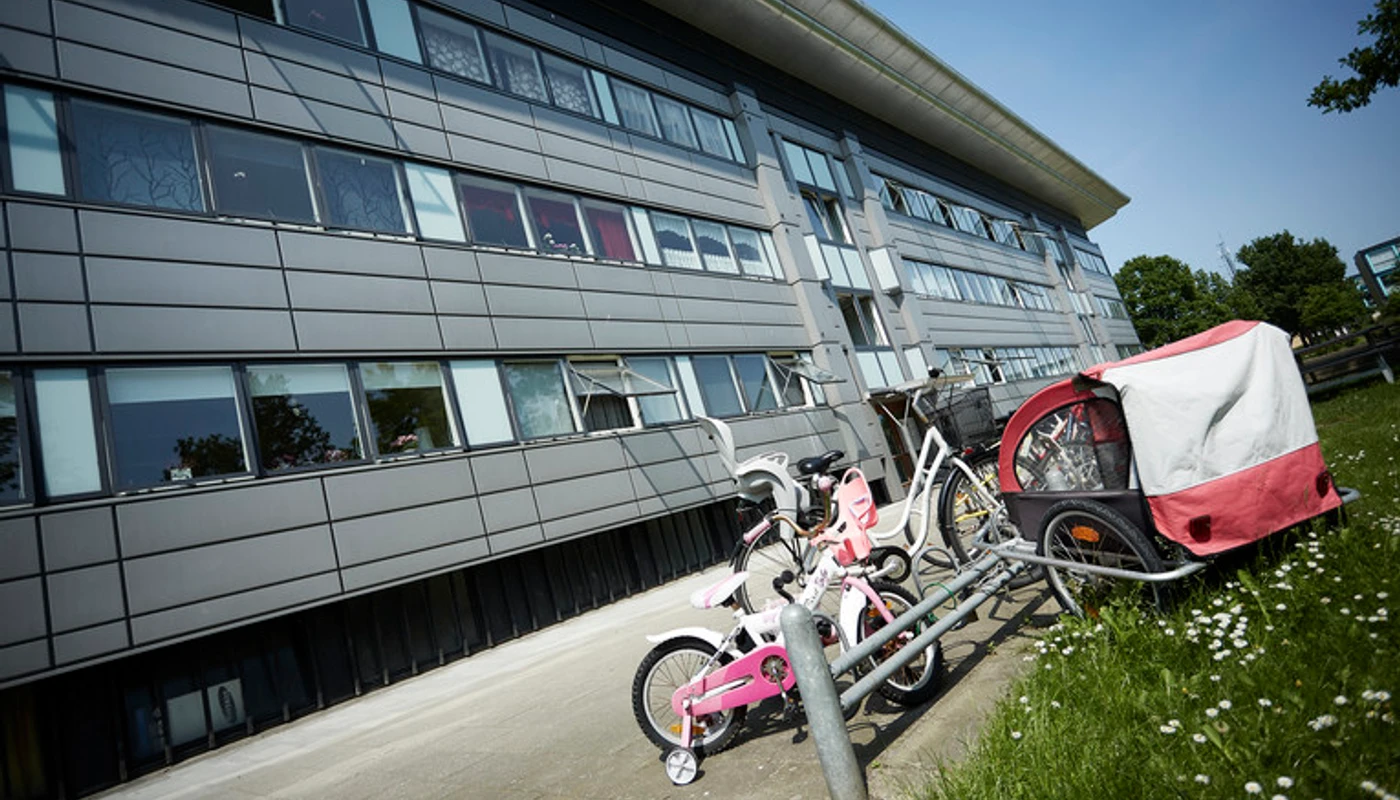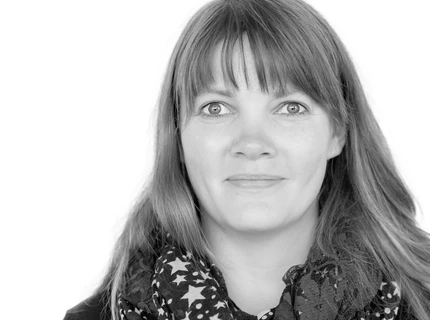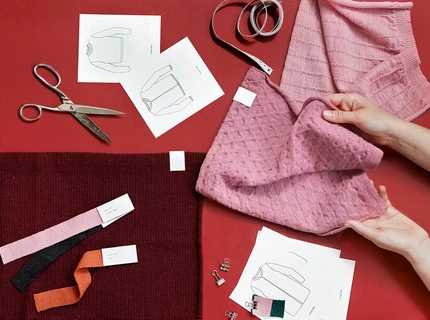
Place Making | Makers
- Ph.d. studerende
-
Anna Corlin
- Hovedvejleder
- Canan Akoglu
- LAB
- LAB for Socialt Design
- LAB tema
- Citizenship and Agency
Togetherness - Samarbejdspartnere
- Kolding Municipality, City and Development Department
- Eksterne links
- Se Annes forsknings profil
Place Making | Makers
he PhD thesis is rooted in the growing challenges posed by segregation in the modern city. This issue is related to the increased economic disparities, but also to a heightened intolerance towards ethnic minorities, which makes segregated cities a serious social problem.
The subject matter of this thesis is ‘public urban places on the edge between deprived housing neighbourhoods and the surrounding city’ and aims to contribute with knowledge about pivotal design parameters for developing public urban places that support interaction between people and a coherent city.
Project purpose
The PhD thesis is positioned within ‘Constructive Design Research’, where something tangible is constructed to generate empirical data. The thesis has used design artefacts and design interventions, working as ‘mediators for knowledge’ between the respondents or the place and me. The last design intervention, Words Upon a Place, moved from ‘Constructive Design Research’ into ‘Action Research’, when the ‘mediator for knowledge’ (the interactive benches) was destroyed and a negotiation about the place began.
The empirical studies were conducted at two locations in Denmark:
- The public urban park Superkilen in Copenhagen on the edge between the deprived housing neighbourhood Mjølnerparken and the surrounding city.
- The deprived housing neighbourhood Skovparken/Skovvejen in Kolding.
The two locations have acted as case studies within the thesis, supporting the investigation of social phenomena in a real-life context, where they appear when the line between the social phenomena and the context is less evident.
Methods and results
The thesis contributes to research with knowledge about the underlying social phenomena´s influence on the physical surroundings (public urban places) through an investigation and discussion of their mutual interaction and dependence. The investigation likewise contributes with a definition of ‘social sustainable design of public urban places’, aiming to highlight the need that public urban places be designed through an approach with an equal focus on the social phenomena and the physical objects.
The thesis contributes to practice through the development of a Matrix for Mapping Collaborative Places as a tool for structuring the mapping of public urban places with the aim to identify important actors that influence the place. This mapping of the public urban places is further developed through the use of the concept of Collaborative Urbanism, which contains four categories supporting an increased operationalisation of the interaction between the social phenomena and the physical surroundings.


